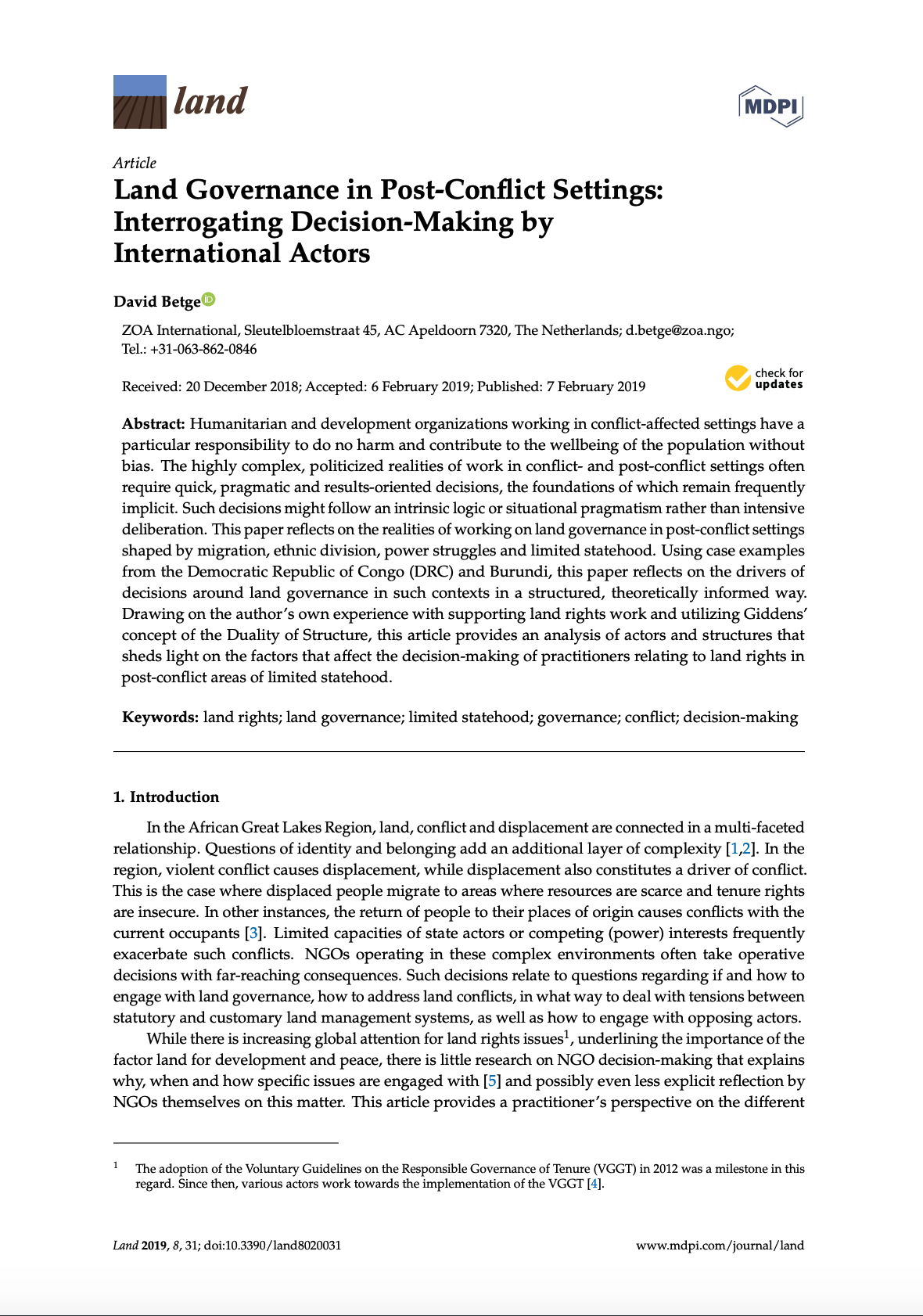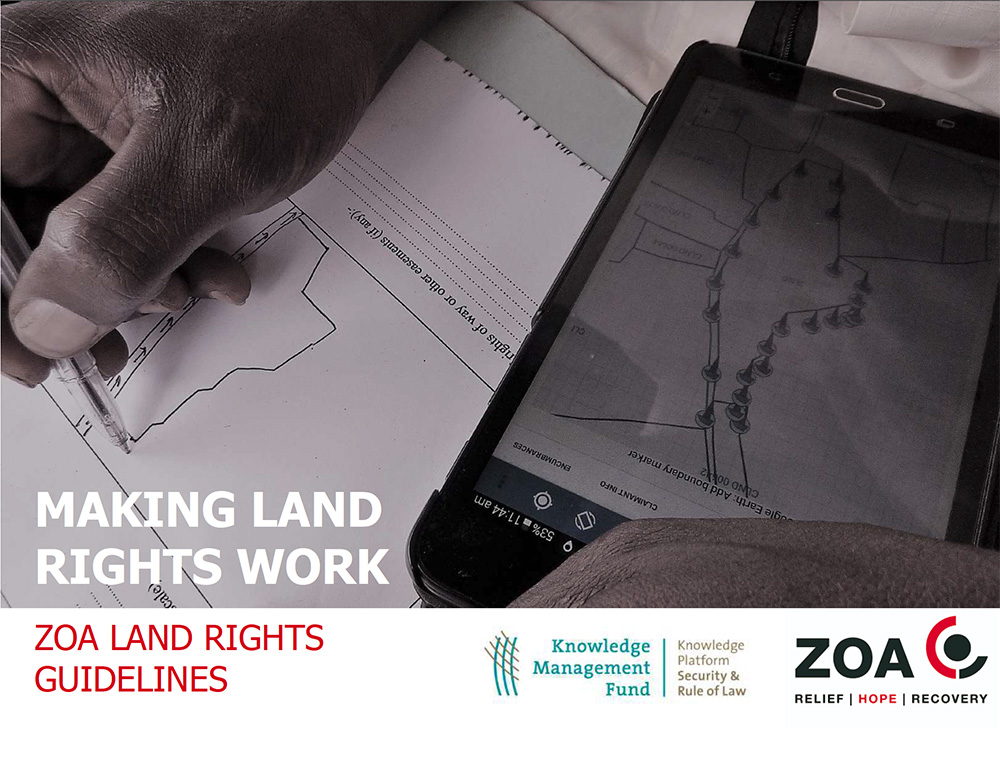Rapid population growth in fertile agricultural lands of East Africa creates land scarcity, which has become a major hindrance to land access for the introduction of new horticultural crops. But their introduction in these areas is increasing, because of their high market price, which improves…
The concept of Private-Public Partnership was used to provide infrastructure in developed countries for long time and the arrangement was applied by other countries due to its effectiveness and efficiency. This paper tried to explore how Private-Public Partnership is useful in minimising…
Burundi’s population has been expanding
far faster than its economy. And while the
agriculture sector contributes around 40%
of GDP and to over 95% of food supplies,
high pressure on land is leading to soil
fertility depletion, eroding the country’s
…
Land Degradation Neutrality is a new way of approaching land degradation that acknowledges that land and land-based ecosystems are affected by global environmental change as well as by local land use practices. Achieving the target of a land degradation neutral world encourages adaptive…
The AQUASTAT Programme was initiated with a view to presenting a comprehensive picture of water resources and irrigation in developing countries and providing systematic, upto-date and reliable information on water for agriculture and rural development. This report presents the results of the…
Humanitarian and development organizations working in conflict-affected settings have a particular responsibility to do no harm and contribute to the wellbeing of the population without bias. The highly complex, politicized realities of work in conflict- and post-conflict settings often require…
Humanitarian and development organizations working in conflict-affected settings have a particular responsibility to do no harm and contribute to the wellbeing of the population without bias. The highly complex, politicized realities of work in conflict- and post-conflict settings often require…
The habitat of tsetse fly (Glossina spp.) depends upon climatic conditions, host availability and land cover characteristics. In this paper, the Land Cover Classification System (LCCS), developed by the Food and Agriculture Organization (FAO) and the United Nations Environment Programme (UNEP…
Teaser for ZOA's new land rights guidelines developed with input from many of our peers and partners, based on the work done by many others in the field and supported by the Knowledge Management Fund (KMF).
Este estudio es una contribución más en la tarea de realizar un inventario mundial de experiencias nacionales en el campo de la legislación y administración de aguas. Dado su interés en fomentar la producción agrícola, que requiere un mayor uso consultivo del recurso agua, la FAO se ha ocupado…
Secure access to land and secure use of land, for housing-, agricultural- and other purposes is one of the cornerstones of making sustainable, positive development possible. As ZOA provides relief, hope and recovery to people impacted by conflicts and disasters, addressing land rights issues…












